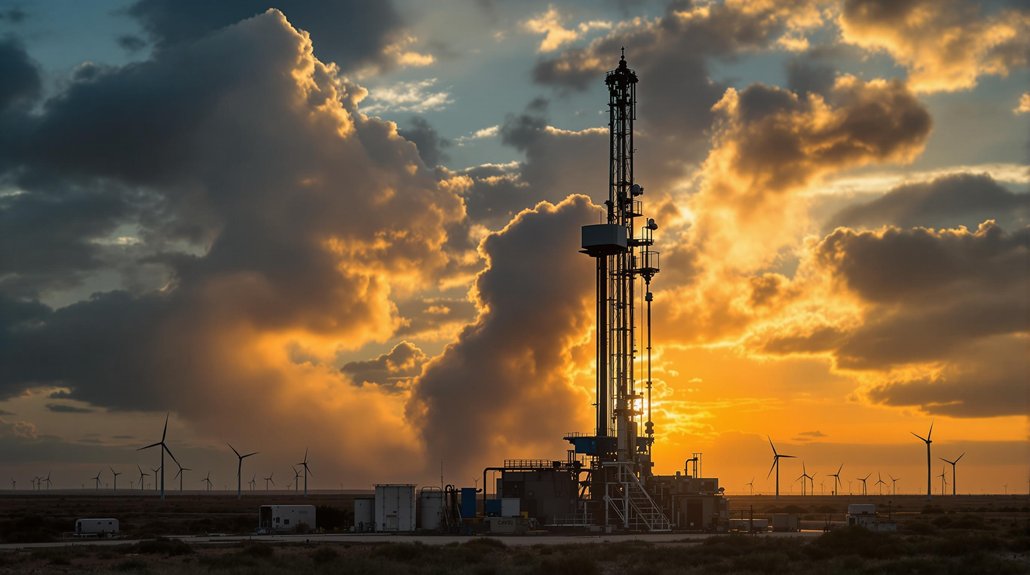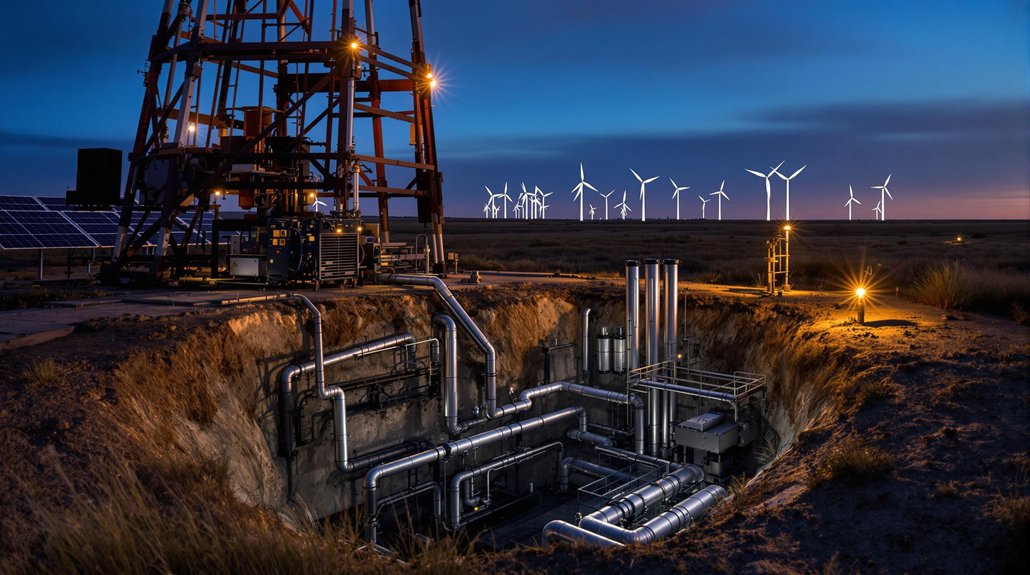A Vietnamese engineer has created a groundbreaking sand battery that stores renewable energy by heating sand to 600-1,000°C. It’s cheaper, cleaner, and simpler than lithium alternatives. No toxic materials, just basic sand. Already deployed across five countries, it tackles heating needs that make up half of global energy consumption. Schneider Electric just dropped $1.5 million on the technology. This sand-based solution might just bury traditional energy storage methods.
Vietnamese engineers have released the power of sand, and it’s not for building sandcastles. This innovative battery technology stores thermal energy by heating ordinary sand to a scorching 600-1,000°C using renewable sources like solar and wind.
Unlike those fancy lithium batteries everyone’s obsessed with, sand batteries store heat directly. No wasteful conversions. Just pure, efficient thermal storage that lasts up to six months in insulated tanks. Pretty smart, right?
Sand batteries cut the nonsense. Direct heat storage for up to six months without all the fancy conversion steps.
The environmental benefits are obvious. No more destructive lithium mining that sucks landscapes dry and poisons local ecosystems. Sand is everywhere—beaches, deserts, you name it. Cheap, abundant, non-toxic. Why didn’t someone think of this sooner?
The idea was conceived by Ho Viet Hai during his time living off-grid in Lam Dong Province in 2023.
The system targets agriculture first, where farmers need reliable heat for drying crops without burning fossil fuels. Industries and buildings are next in line. Recently, Schneider Electric recognized the potential by investing $1.5 million in Alterno’s sand battery technology.
Alternō, the company behind this technology, isn’t messing around. They’re aiming for 25% of the agricultural heating market by 2030. Their systems are already popping up across Vietnam, Indonesia, South Africa, Malaysia, and Japan. Different climates, same solution. That’s versatility.
The numbers don’t lie. This technology could address 52% of global energy consumed for heating and cooling. Customers get their money back in about four years. Not bad for saving the planet.
The system itself is surprisingly simple—just insulated sand tanks with heat pipes running through them. Excess renewable energy heats the sand; the heat gets used when needed. No complicated chemistry, no rare materials, no toxic waste. Just sand. Hot sand.
For countries trying to ditch imported fossil fuels, this is huge. Energy independence without environmental compromise. The technology has already turned heads at international green tech events. Government officials are taking notice.
In a world obsessed with complex solutions, sometimes the answer is right under our feet. Or between our toes, if you’re at the beach. Who knew sand could be so hot?
Like traditional Battery Energy Storage Systems, sand batteries are helping integrate more renewable energy sources into the grid, addressing the intermittency challenges that have hindered widespread adoption.
References
- https://e.vnexpress.net/news/tech/tech-news/engineer-turns-sand-into-clean-energy-sets-sights-on-global-markets-4878609.html
- https://e27.co/vietnams-sand-based-thermal-energy-storage-startup-alterno-secures-us1-5m-20240402/
- https://energycentral.com/news/schneider-electric-energy-access-asia-announces-investment-startup-vietnam
- https://www.businesstimes.com.sg/international/asean/vietnam-embarks-renewables-push-battery-firms-hungry-more-green-financing
- https://www.vietnam.vn/en/che-tao-pin-cat-startup-viet-chung-tay-giai-quyet-van-de-toan-cau/








